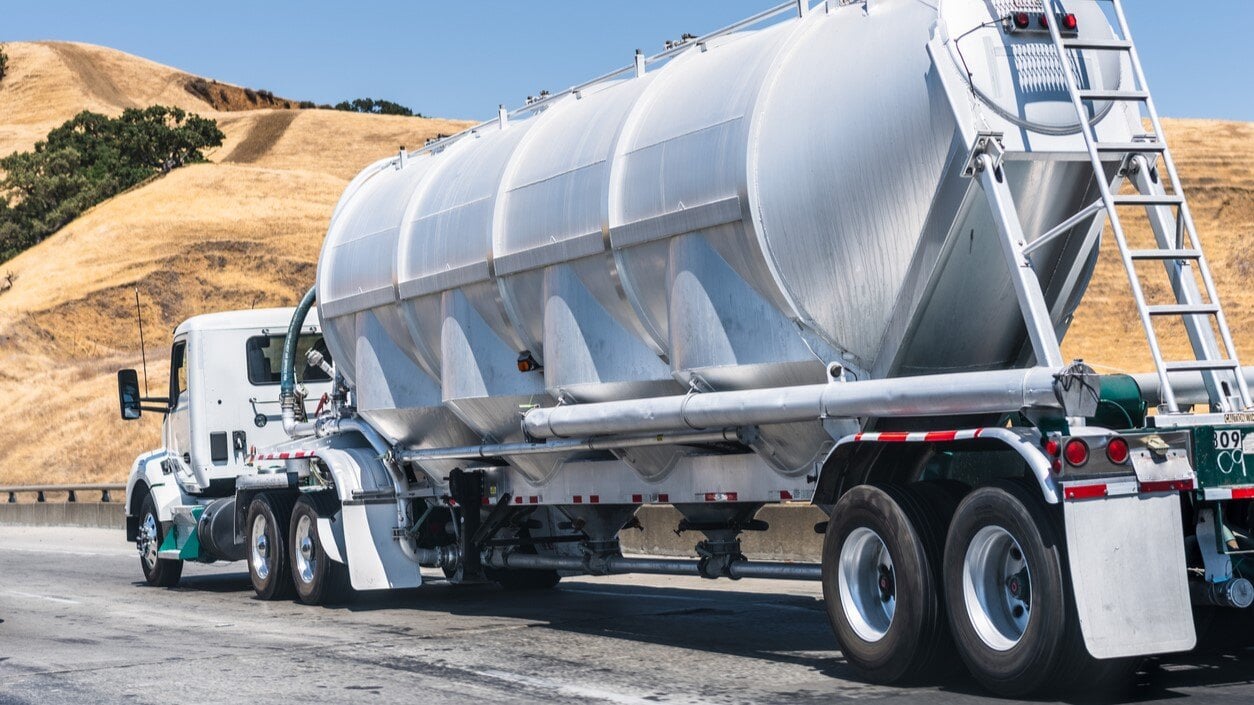Cleaning and Sanitation 101 for Food Transportation Units
Given the scale of today’s supply chain, moving food and beverage products through the market is impossible without a vast over-the-road (OTR) transport system. Keeping the transport units responsible for shipping our food clean and sanitary is as key to maintaining food safety as anything that happens at a manufacturing and processing facility. To ensure public safety, the Food Safety Modernization Act (FSMA) includes a Final Rule on Sanitary Transportation mandating cleanliness and sanitation standards for food transport units to protect products from contamination.
FSMA’s requirements differ from many other regulations by refraining from outlining specific procedures, instead opting for broader standards that manufacturers and other stakeholders must meet. As a result, stakeholders have created specific industry best practices to ensure that food transport units maintain these cleanliness and sanitation standards throughout the journey from farm to fork.
The Principles of Cleaning and Sanitation for Food Transport Units
Food transportation safety best practices require adherence to different standards of inspection, cleaning methods, chemical usage, and more to ensure compliance with FSMA. Here’s what to keep in mind in each category:
1. Inspection Requirements
- General protocols:
- Inspect for debris/product spillage or leakage, signs of bacterial growth, pest activity, or loss of integrity to the interior.
- Fully sweep out dirt, debris, and other material.
- For bulk vessels:
- Verify wash ticket indicating last wash and previous load information (especially important for preventing allergen contamination).
- Check seals on hatches and ports match the driver's paperwork (critical for ensuring no food tampering has occurred).
- Check the interior of vessels to ensure food contact surfaces are free of gaps that can harbor material, microbes, insects, and other contaminants and the liner is intact and not peeling.
- Repeat inspection at the receiving end.
- For ambient and refrigerated box trailers:
- Inspect interiors for structural integrity, odors, and cleanliness before loading.
- Repeat inspection at the receiving end.
- Defects in trailers could lead to food safety issues during transportation.
2. Wet and Dry Cleaning Method Requirements
Choosing wet or dry cleaning methods depends on the type of soil or contaminant being removed, as well as the type of food transportation unit being cleaned. For example, wet cleaning methods are required for the removal of microbial contaminants and allergens from food contact surfaces. Dry cleaning methods suffice for bulk containers carrying non-allergenic products. However, for refrigerated units with corrugated floors, wet cleaning is required to adequately remove accumulated dirt and contaminants from the container.
3. Food-Grade Washing Guidelines
It’s critical to conduct a food-grade wash to remove all potential for cross-contamination and cross-contact between bulk loads, using steam, high-pressure water, or detergent mixtures:
- Wash stations must follow Good Manufacturing Practices (GMP) to ensure proper allergen control, separating brushes to prevent cross-contact.
- Workers must wear foot and hair coverings during interior vessel cleaning.
- Maintain temperature records for hot water washing to ensure adequate sanitizing.
- Sample the rinse water coming out of the tanker to verify all chemicals have been rinsed away.
- Properly clean all hoses, ports, hatches, and gaskets in the cleaning process to remove all food residues.
The wash ticket a company uses to verify sanitation is only as good as the integrity of the wash station that issued it. Approving a wash station through standard supplier approval processes is critical to protecting the food and beverage products being transported.
4. The Rules of Cleaning Solution and Detergent Usage
Sanitizers are regulated by the EPA and mandate that workers follow label instructions exactly. In other words, the label is the law. Sanitation records must include the concentration of sanitizing agents used during cleaning to demonstrate that the label was followed.
Tips for Overcoming Common Food Transportation Safety Challenges
The process of keeping food transportation units clean and sanitary is full of surprising challenges. Here’s what to do about the most common issues that crop up:
- Units with corrugated floors can easily collect liquid and debris in the grooves of the floor, creating odor and a breeding ground for bacteria. Workers must take special care to ensure they clean these grooves properly.
- Always conduct inspections with flashlights to avoid missing any signs of contamination and structural damage.
- Pay special attention to the potential for allergen cross-contact.
- Drivers must sometimes go out of their way to find a food-grade wash station, as they can be difficult to locate. Transportation coordinators need to schedule enough time for proper washing protocols and not reload tankers on the same day they undergo a food-grade wash.
Level Up Food Transportation Safety With AIB International
With so much potential for exposure to pathogens, maintaining food transportation safety is crucial to preventing foodborne illness outbreaks, avoiding recalls, and protecting the overall food supply chain. AIB International is a leading educator in food safety training, helping customers mitigate food safety risks throughout their supply chain. Learn more about vehicle cleanliness and sanitation in our Food Safety and Sanitation Online training’s Sanitary Transportation Module.


